-
 bitcoin
bitcoin $122659.385674 USD
0.52% -
 ethereum
ethereum $4484.113342 USD
-0.09% -
 bnb
bnb $1304.229256 USD
-0.85% -
 tether
tether $1.000204 USD
-0.03% -
 xrp
xrp $2.860636 USD
-0.51% -
 solana
solana $227.288799 USD
2.36% -
 usd-coin
usd-coin $0.999805 USD
0.01% -
 dogecoin
dogecoin $0.252837 USD
1.18% -
 tron
tron $0.341149 USD
1.12% -
 cardano
cardano $0.830507 USD
0.33% -
 hyperliquid
hyperliquid $45.792319 USD
0.04% -
 chainlink
chainlink $22.422164 USD
1.55% -
 ethena-usde
ethena-usde $1.000283 USD
0.01% -
 sui
sui $3.511389 USD
0.83% -
 stellar
stellar $0.385276 USD
-0.44%
Where is the target level after a valid rebound from the lower Bollinger Band support level?
A bounce from the lower Bollinger Band, confirmed by volume and momentum, often targets the middle SMA first, then the upper band in crypto's volatile markets.
Oct 05, 2025 at 09:00 am
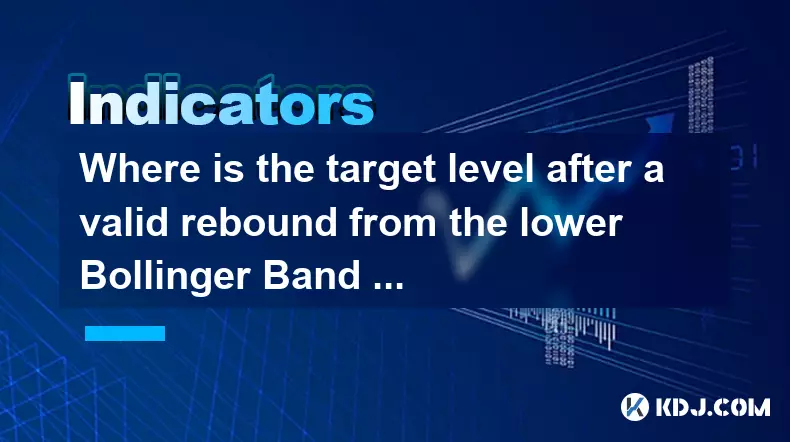
Understanding Bollinger Bands in Crypto Trading
1. Bollinger Bands consist of three lines: the middle band, typically a 20-day simple moving average (SMA), and upper and lower bands that represent standard deviations from the mean. These bands dynamically adjust based on market volatility, expanding during high volatility and contracting during low volatility.
2. The lower Bollinger Band acts as a potential support level in downtrends or consolidation phases. When price touches or briefly dips below this band, it may indicate oversold conditions, especially if accompanied by strong volume or reversal candlestick patterns.
3. A valid rebound occurs when price interacts with the lower band and closes back inside the bands, supported by bullish momentum signals such as RSI divergence or MACD crossover. This suggests short-term selling pressure has exhausted and buyers are stepping in.
4. Traders monitor for confirmation through subsequent candles forming higher lows and closing progressively above the previous candle’s close, reinforcing the validity of the bounce.
5. In the context of cryptocurrency markets, which often exhibit exaggerated price swings, Bollinger Band rebounds can signal sharp countertrend moves, particularly after panic-driven sell-offs seen during market corrections.
Identifying the Target After a Rebound
1. The initial target following a confirmed bounce from the lower band is typically the middle SMA (20-day SMA). Price often gravitates toward this mean line after extreme deviations, making it a natural first resistance zone.
2. If momentum continues, the next logical target becomes the upper Bollinger Band. This represents overbought territory and historically acts as dynamic resistance. In trending markets, price may ride along the upper band, extending gains further.
3. Fibonacci retracement levels derived from the prior swing high to swing low can be overlaid to refine targets. Common retracement zones like 50%, 61.8%, and 78.6% frequently align with Bollinger Band midpoints or upper boundaries, enhancing their reliability.
4. Volume analysis plays a crucial role—increasing volume on the rebound increases confidence in reaching higher targets. Conversely, weak volume suggests a false bounce and limited upside potential.
5. In ranging markets, the opposite end of the range often coincides with the upper band, making it a high-probability exit point. In trending environments, partial profits may be taken at the upper band while allowing runners to capture extended momentum.
Practical Application in Bitcoin and Altcoin Charts
1. On Bitcoin’s 4-hour chart, repeated touches of the lower Bollinger Band during bearish phases have preceded sharp rallies toward the middle and upper bands, especially when aligned with positive macro news or on-chain accumulation signals.
2. For altcoins like Ethereum or Solana, Bollinger Band rebounds often coincide with sector-wide sentiment shifts. For example, after a broad selloff in DeFi tokens, a bounce from the lower band with rising open interest in futures can precede rapid recovery moves.
3. Leverage trading data enhances interpretation—high long liquidations preceding a bounce suggest capitulation, increasing the likelihood of a strong move toward the upper band.
4. Divergences between price and oscillators such as Stochastic RSI strengthen the case for sustained upward movement post-rebound. A bullish divergence while price is near the lower band often precedes multi-candle rally sequences.
5. Scalpers use micro bounces off the lower band on 5-minute or 15-minute charts to target quick moves to the middle band, exiting within minutes. Position traders wait for daily closes above the middle band before committing larger capital.
Valid rebounds from the lower Bollinger Band often target the middle SMA first, then the upper Bollinger Band, especially when confirmed by volume and momentum indicators.
Frequently Asked Questions
What confirms a valid bounce from the lower Bollinger Band?A close back inside the bands, supported by rising volume and bullish candlestick patterns such as hammers or bullish engulfing formations, confirms validity. Additional confirmation comes from momentum indicators showing reversal signals.
Can price continue falling even after touching the lower band?Yes, especially during strong downtrends or black swan events. The lower band is not a guaranteed floor; breakdowns below it followed by continued closes outside the band signal sustained bearish control.
How do Bollinger Bands perform in sideways versus trending crypto markets?In sideways markets, bands act as reliable support and resistance, with price oscillating between them. In strong trends, price can ride along the upper or lower band for extended periods, making reversals riskier to trade.
Is the upper Bollinger Band always a sell signal?Not necessarily. In uptrends, touching the upper band can indicate strength rather than overbought conditions. Selling solely based on upper band touch without confluence from other indicators can lead to missed rallies.
Disclaimer:info@kdj.com
The information provided is not trading advice. kdj.com does not assume any responsibility for any investments made based on the information provided in this article. Cryptocurrencies are highly volatile and it is highly recommended that you invest with caution after thorough research!
If you believe that the content used on this website infringes your copyright, please contact us immediately (info@kdj.com) and we will delete it promptly.
- US Treasury, Bitcoin, and Reserve Expansion: A New Era?
- 2025-10-10 02:45:12
- Trading Bots & AI Algorithms: Your 2025 Edge
- 2025-10-10 02:45:12
- Monero and Zcash: Privacy Coins Spark Price Breakout
- 2025-10-10 02:45:38
- Zora Crypto Price Jumps After Robinhood Listing: A New York Minute on the Altcoin Scene
- 2025-10-10 02:25:16
- Digital Gold: Future of Ownership and Investment in the Crypto Age
- 2025-10-10 02:45:38
- BlockDAG, Formula 1, and Crypto Investing: A Winning Combination for Mainstream Adoption
- 2025-10-10 03:05:16
Related knowledge
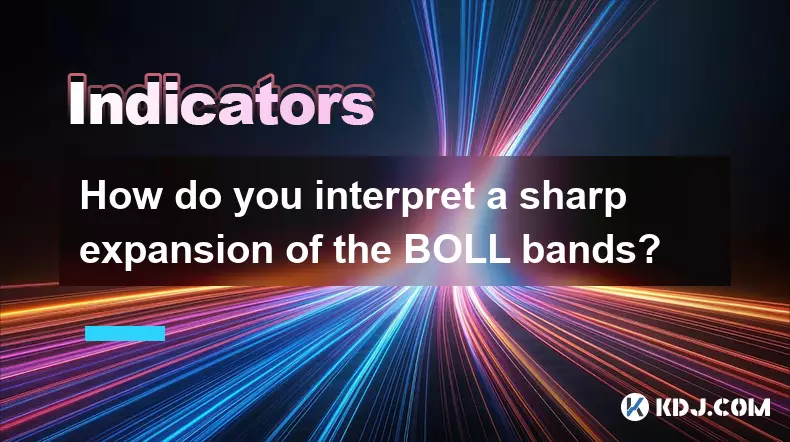
How do you interpret a sharp expansion of the BOLL bands?
Oct 10,2025 at 03:01am
Understanding BOLL Band Expansion in Cryptocurrency Trading1. The Bollinger Bands (BOLL) indicator consists of three lines: the middle band, typically...
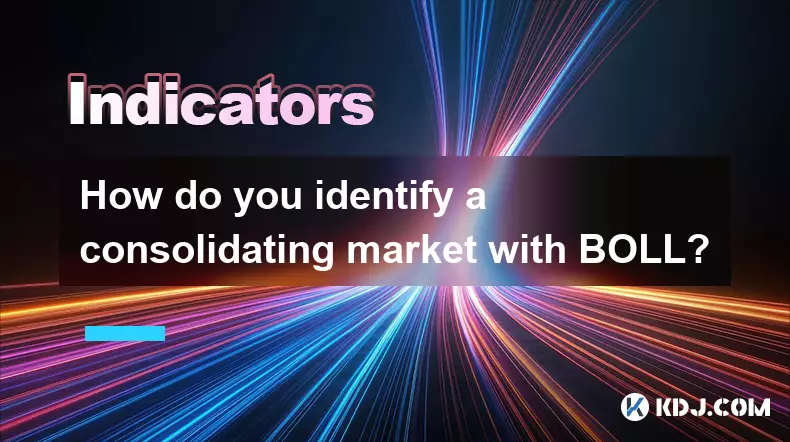
How do you identify a consolidating market with BOLL?
Oct 10,2025 at 03:36am
Understanding Market Consolidation Through Bollinger BandsBollinger Bands are a widely used technical analysis tool in the cryptocurrency market, prov...
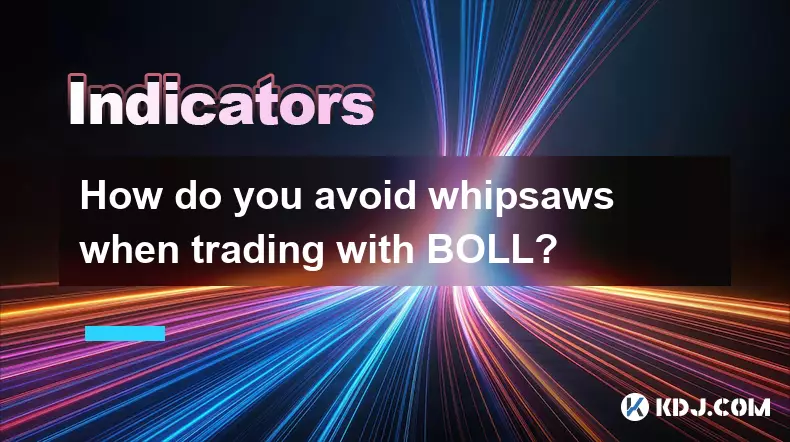
How do you avoid whipsaws when trading with BOLL?
Oct 10,2025 at 03:20am
Understanding Whipsaws in BOLL Trading1. The Bollinger Bands (BOLL) indicator consists of three lines: the middle band, typically a 20-period simple m...
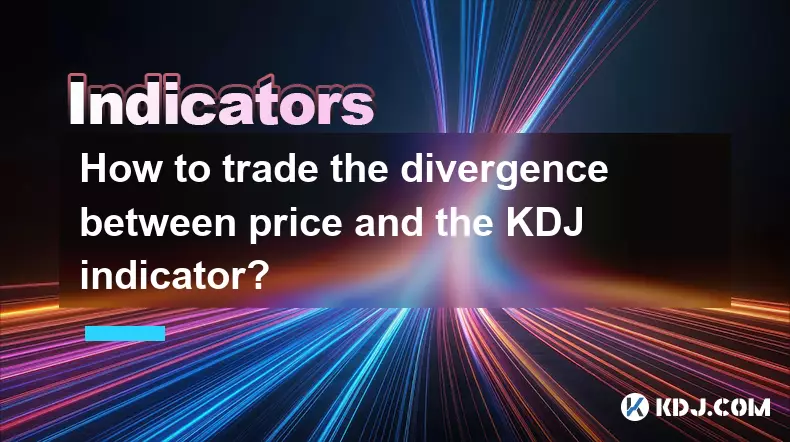
How to trade the divergence between price and the KDJ indicator?
Oct 10,2025 at 01:01am
Understanding Divergence in KDJ and Price Action1. Divergence occurs when the price of a cryptocurrency moves in the opposite direction of the KDJ ind...
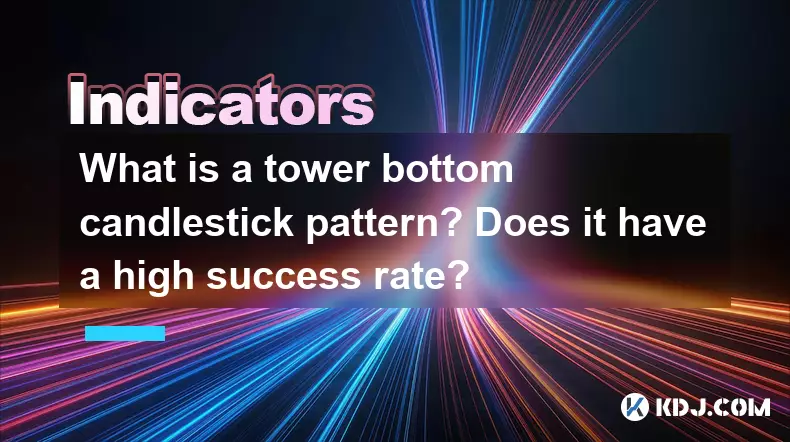
What is a tower bottom candlestick pattern? Does it have a high success rate?
Sep 22,2025 at 07:18am
Tower Bottom Candlestick Pattern Explained1. The tower bottom candlestick pattern is a reversal formation that typically appears at the end of a downt...
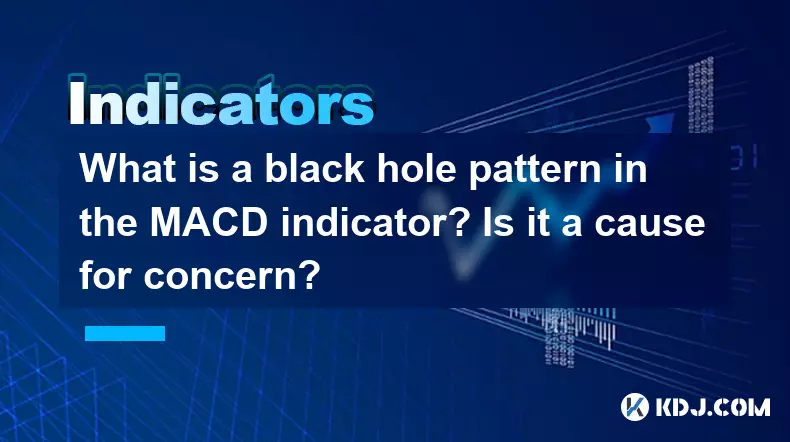
What is a black hole pattern in the MACD indicator? Is it a cause for concern?
Sep 21,2025 at 06:54pm
Bitcoin's Role in Decentralized Finance1. Bitcoin remains the cornerstone of decentralized finance, serving as a benchmark for value and security acro...

How do you interpret a sharp expansion of the BOLL bands?
Oct 10,2025 at 03:01am
Understanding BOLL Band Expansion in Cryptocurrency Trading1. The Bollinger Bands (BOLL) indicator consists of three lines: the middle band, typically...

How do you identify a consolidating market with BOLL?
Oct 10,2025 at 03:36am
Understanding Market Consolidation Through Bollinger BandsBollinger Bands are a widely used technical analysis tool in the cryptocurrency market, prov...

How do you avoid whipsaws when trading with BOLL?
Oct 10,2025 at 03:20am
Understanding Whipsaws in BOLL Trading1. The Bollinger Bands (BOLL) indicator consists of three lines: the middle band, typically a 20-period simple m...

How to trade the divergence between price and the KDJ indicator?
Oct 10,2025 at 01:01am
Understanding Divergence in KDJ and Price Action1. Divergence occurs when the price of a cryptocurrency moves in the opposite direction of the KDJ ind...

What is a tower bottom candlestick pattern? Does it have a high success rate?
Sep 22,2025 at 07:18am
Tower Bottom Candlestick Pattern Explained1. The tower bottom candlestick pattern is a reversal formation that typically appears at the end of a downt...

What is a black hole pattern in the MACD indicator? Is it a cause for concern?
Sep 21,2025 at 06:54pm
Bitcoin's Role in Decentralized Finance1. Bitcoin remains the cornerstone of decentralized finance, serving as a benchmark for value and security acro...
See all articles


























![🚨IS VECHAIN (VET) A DEAD COIN ?? PRICE ANALYSIS [GET READY NOW] 🚨IS VECHAIN (VET) A DEAD COIN ?? PRICE ANALYSIS [GET READY NOW]](/uploads/2025/10/09/cryptocurrencies-news/videos/vechain-vet-dead-coin-price-analysis-ready/68e7b200b067b_image_500_375.webp)















































